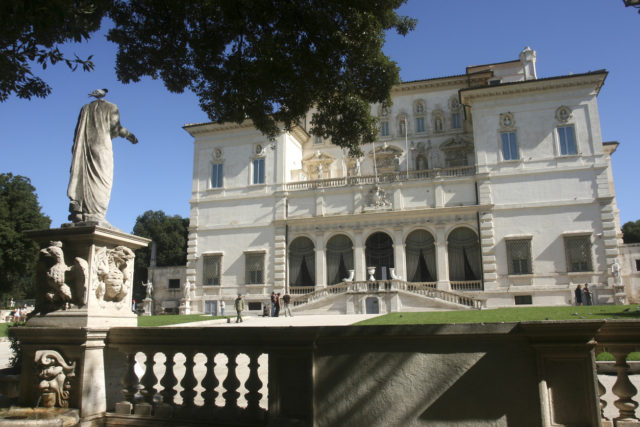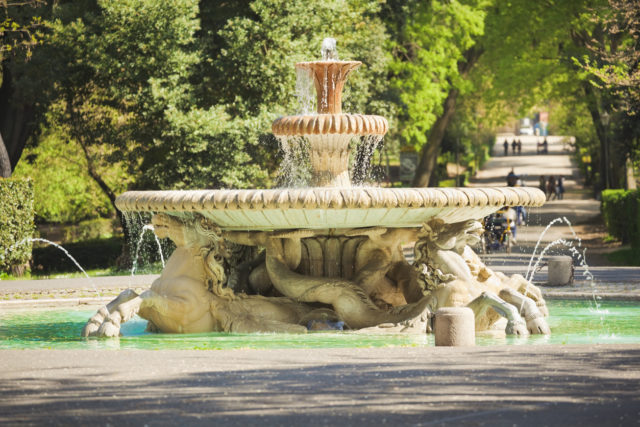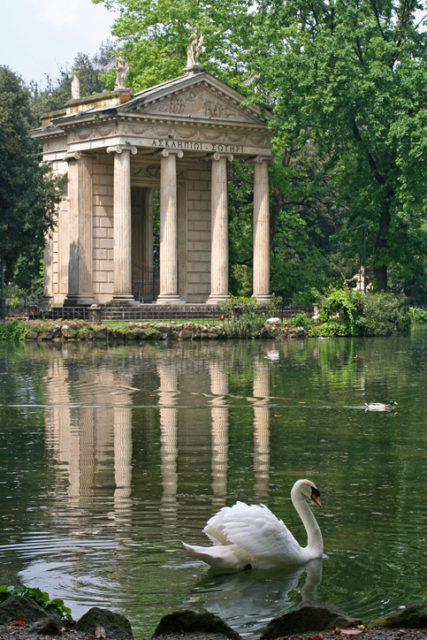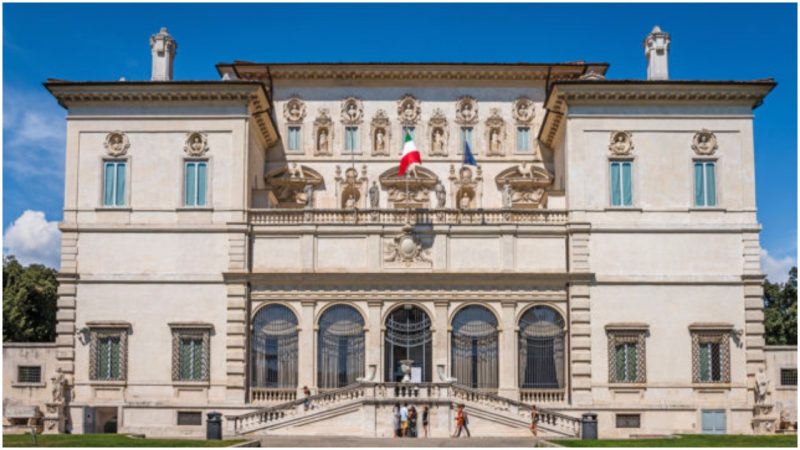Many great artists have left their mark on Rome, with some of their creations preserved to this day. The eternal city is full of architectural masterpieces that are greatly admired by people from around the world. However, if the urban environment is too crowded and one wants to experience the beauty of nature and art combined while remaining in the heart of the city, Villa Borghese is the right place to go.
The construction of the villa and its magnificent gardens was initiated by Cardinal Scipione Borghese in 1605. He was the nephew of Pope Paul V and a member of a wealthy and powerful noble family. The cardinal wasn’t impressed at all by the existing farmhouse on the property. Determined to rebuild it, he commissioned the architects Flaminio Ponzio and Giovanni Vasanzio.
The cardinal never really planned to live there. He wanted to transform it into a villa that would resemble the ones built in ancient Rome and also would enable him to host many celebrations and impress his guests with its extraordinary beauty. And he did succeed. Once completed in 1620, the villa and its gardens were widely known for hosting the best parties for the nobility in all of Rome.
The Borghese family accepted that the villa would bear their name on one condition: the building must be the most magnificent in Rome. Apparently, it was.
The cardinal was passionate about the arts. He decorated the interior of his villa with many remarkable sculptures and paintings. He even commissioned one of the greatest sculptors of all time to create pieces for his house, Gian Lorenzo Bernini. But the sculptures weren’t only decorating the interior. The cardinal decided to also place them around his newly created gardens.

For the Villa Borghese Gardens, the cardinal commissioned the landscape designer Domenico Savino da Montepulciano. He transformed the existing vineyards into some of the most beautiful gardens in Rome. After the death of the cardinal, Villa Borghese and its gardens remained in the Borghese family and, in the 18th century, Marc Antonio Borghese modernized the property.
However, in the beginning of the 20th century, the Italian government purchased the property, made some modifications, and opened it to the public. In 1911, they created a zoo in the garden, which is one of the oldest on the continent. Today, the zoo still exists and is home to apes, wolves, lions, and some endangered species, which have been planned to be released after a period of preparations.

Nowadays, the gardens are some of the largest in the city. They are decorated with beautiful fountains, colorful flower beds, and even grow rare exotic plants. What no one expects to see is a Shakespeare’s Globe Theater, but the gardens have a replica of the one in London, that even today performs Shakespeare’s plays. There are also small Roman temples around the gardens, such as the Temple of Faustina, the Temple of Diana, and the scenic Temple of Aesculapius located on a small island in the artificial lake. The Piazza di Siena was built in honor of the Borghese family who were originally from the city of Siena.

The villa, on the other hand, was turned into an art gallery which hosts many masterpieces from the art collection of the cardinal, as well as artworks collected by his successors. The gallery includes remarkable Bernini’s sculptures such as David, Apollo and Daphne, Pluto and Persephone, extraordinary paintings by Caravaggio such as Young Sick Bacchus, Boy with a Bowl of Fruit, Madonna and Child with St. Anne, David with the Head of Goliath, and Raphael’s exceptional paintings The Deposition and a portrait of a woman holding a unicorn.
A noticeable addition was made in the 18th century by Antonio Canova. The sculpture of the sister of Napoleon Bonaparte, Pauline Bonaparte, named Pauline Bonaparte as Venus Victrix shows the beautiful Pauline as the Roman goddess of love. Due to financial problems, Camillo Borghese sold many artworks to France, which today are on display in the Louvre. Villa Borghese and its gardens are a perfect place to enjoy nature and art in the center of Rome.
